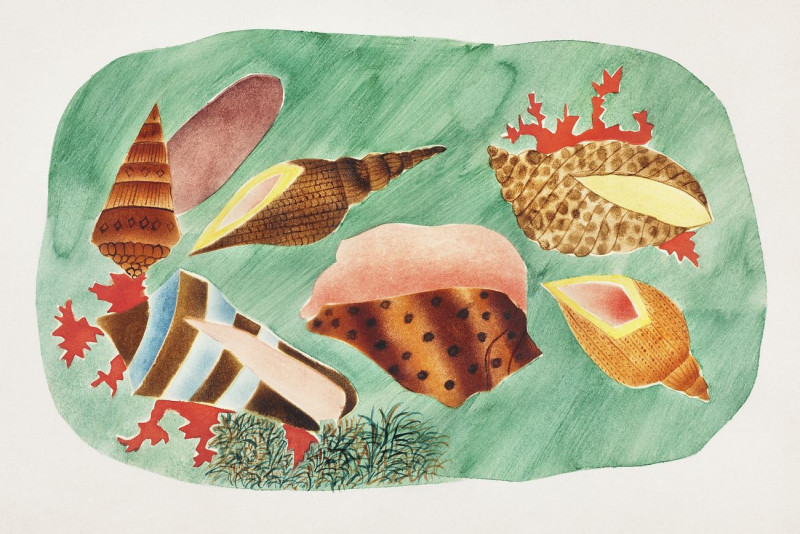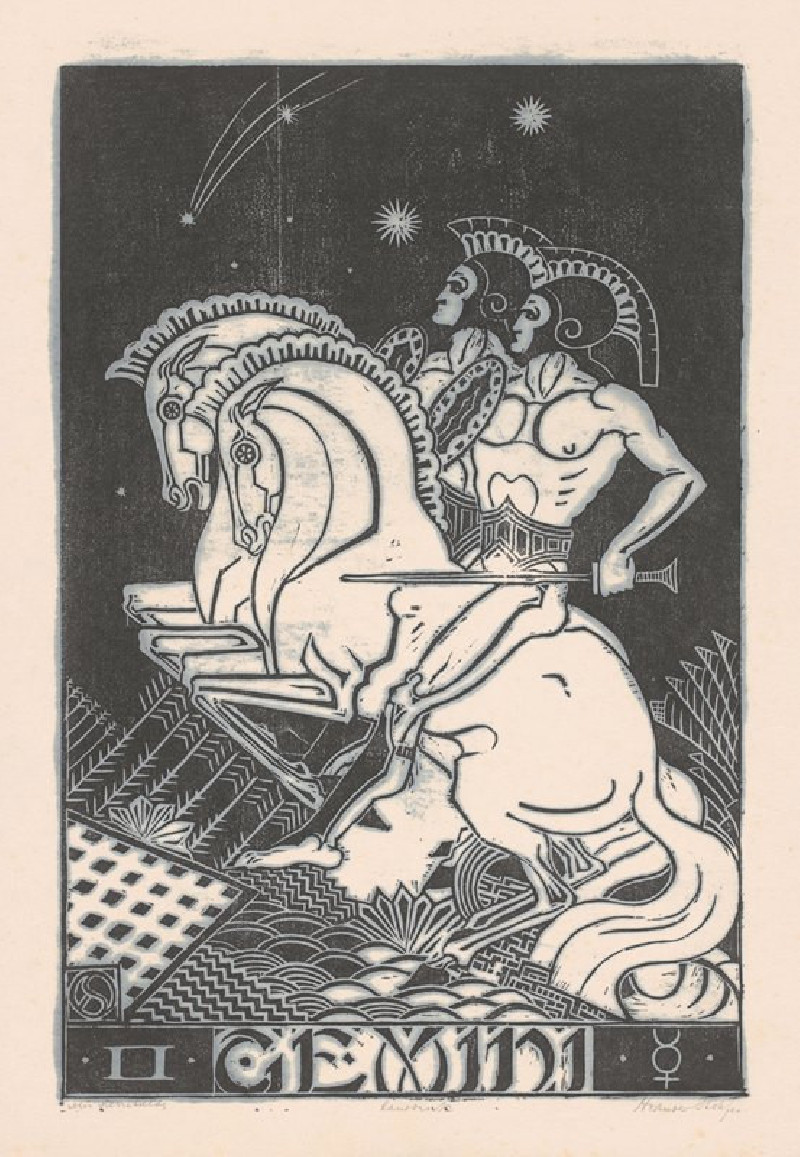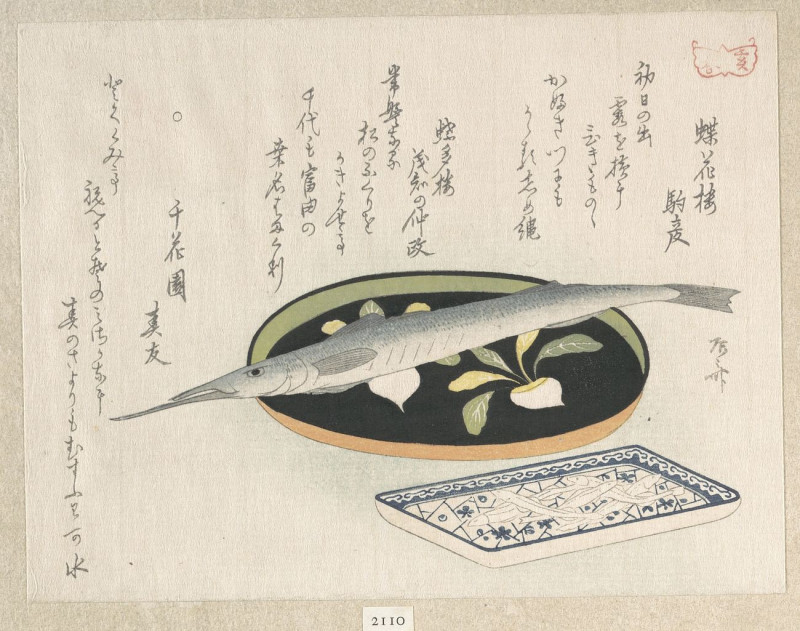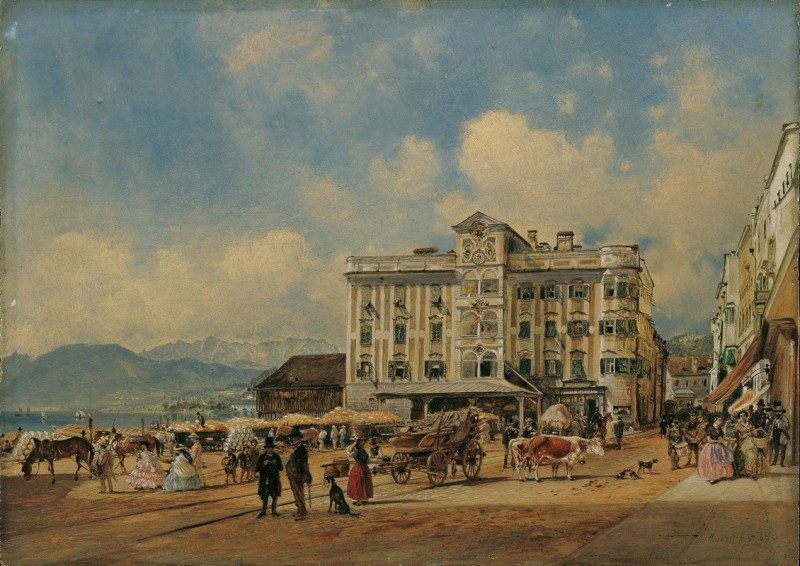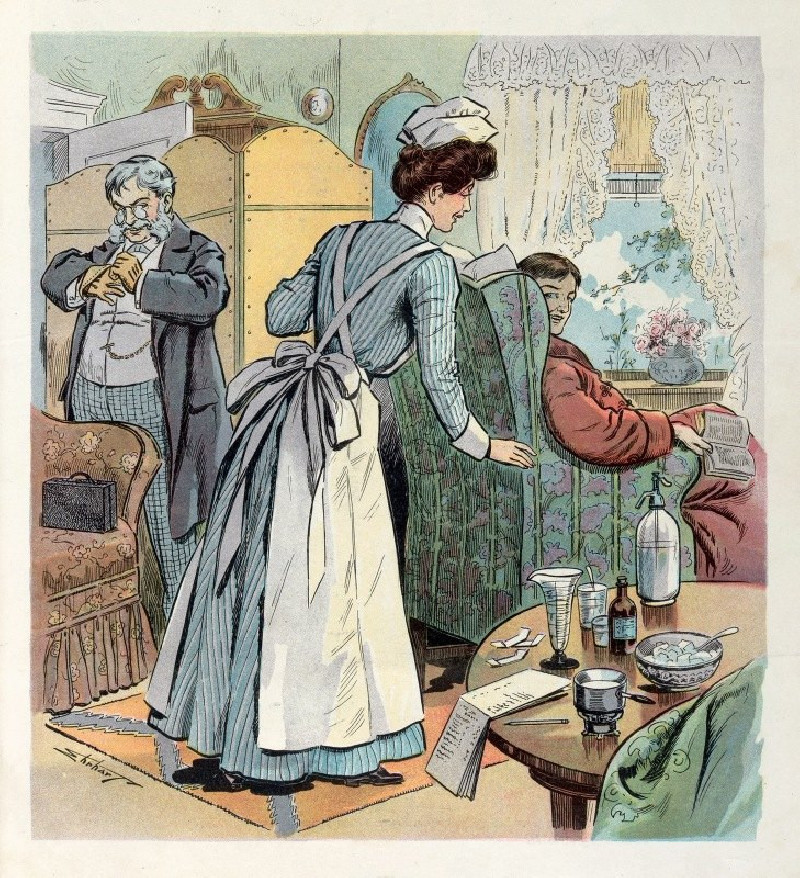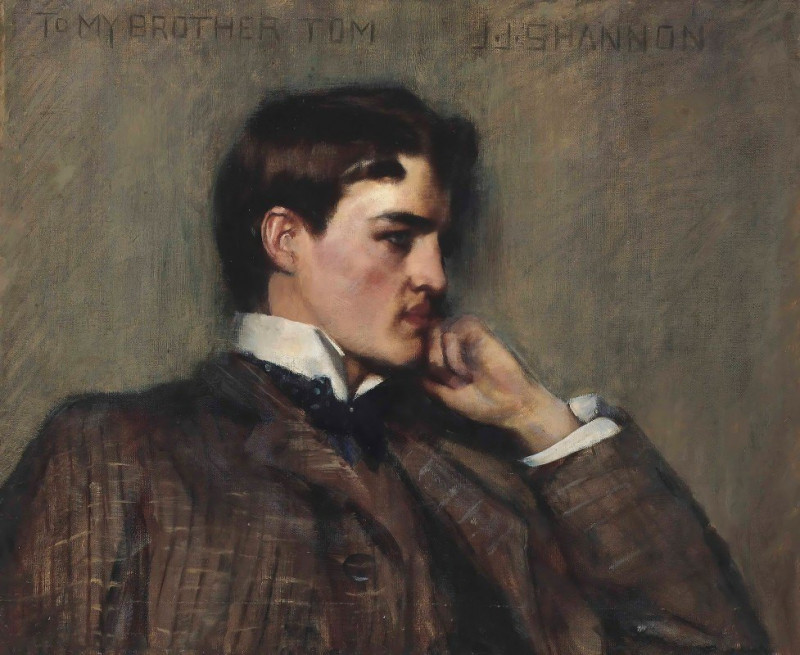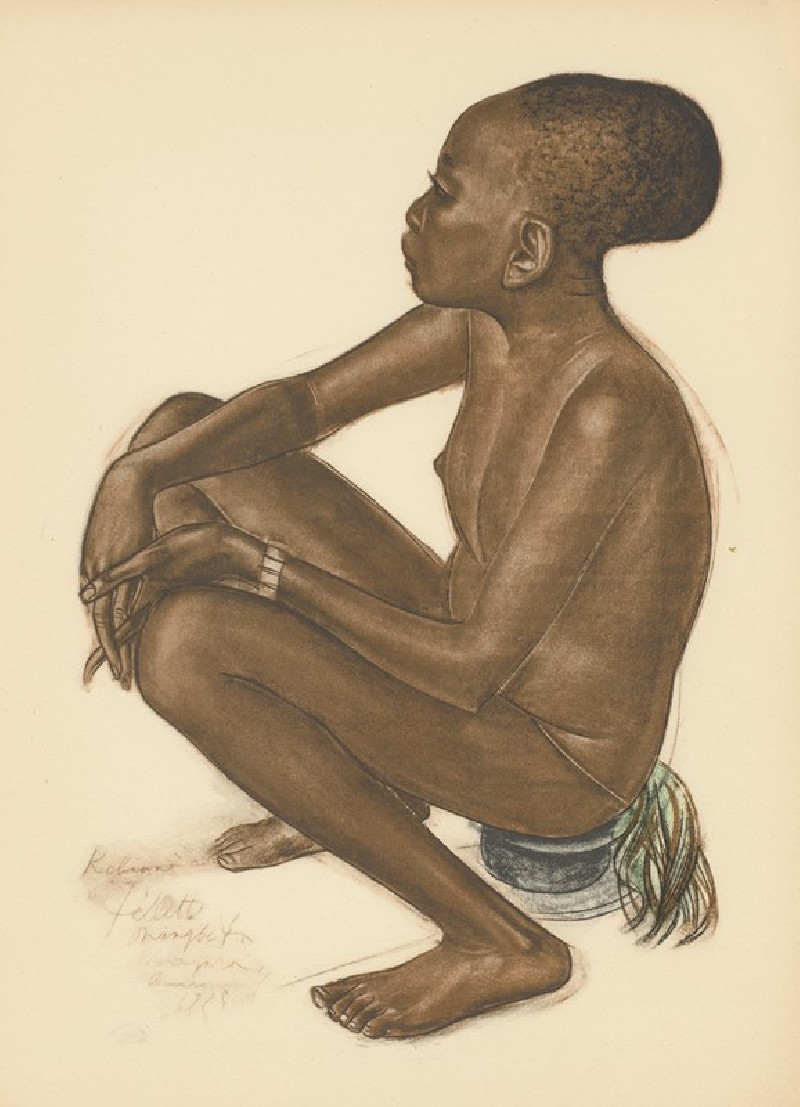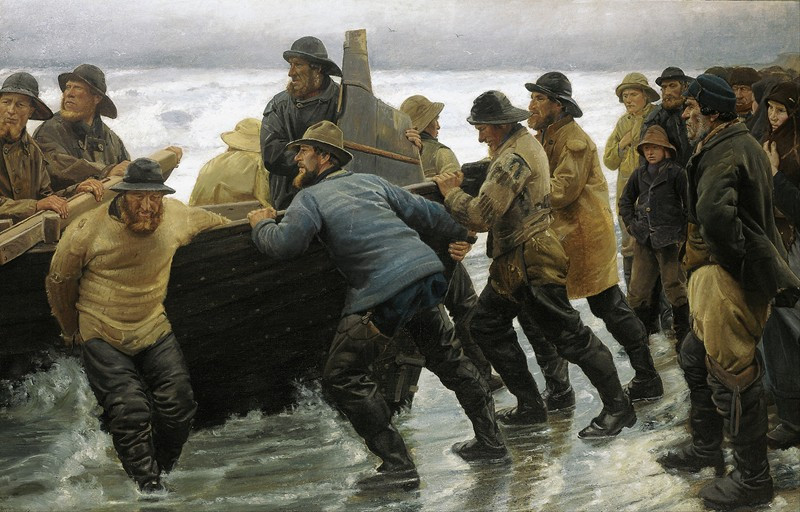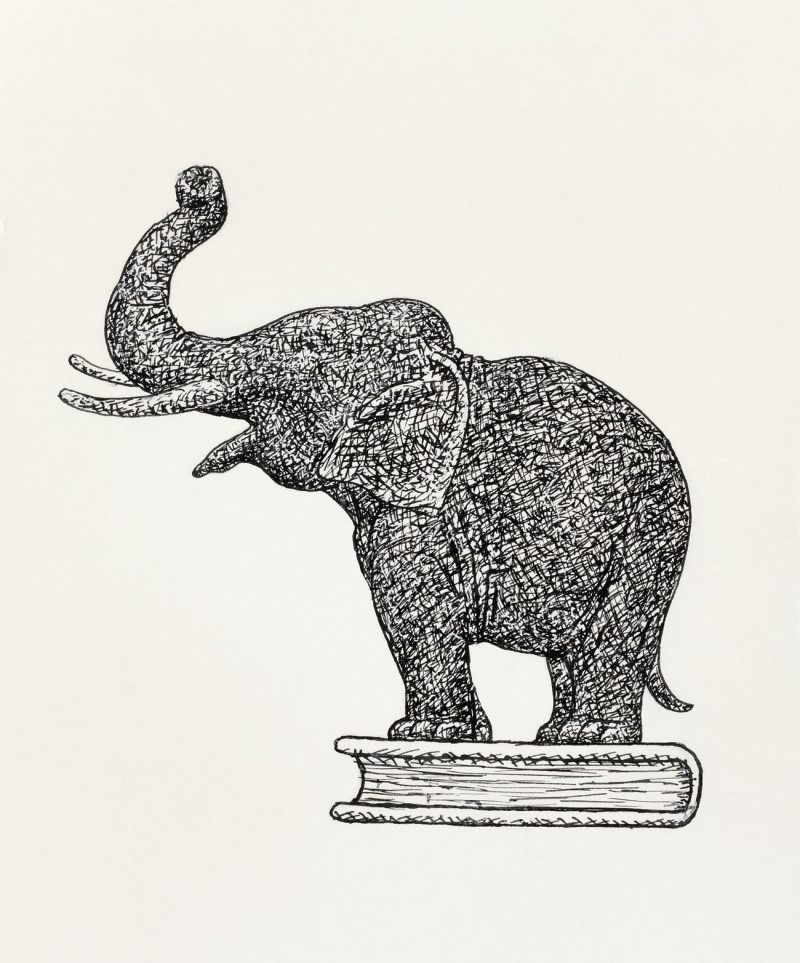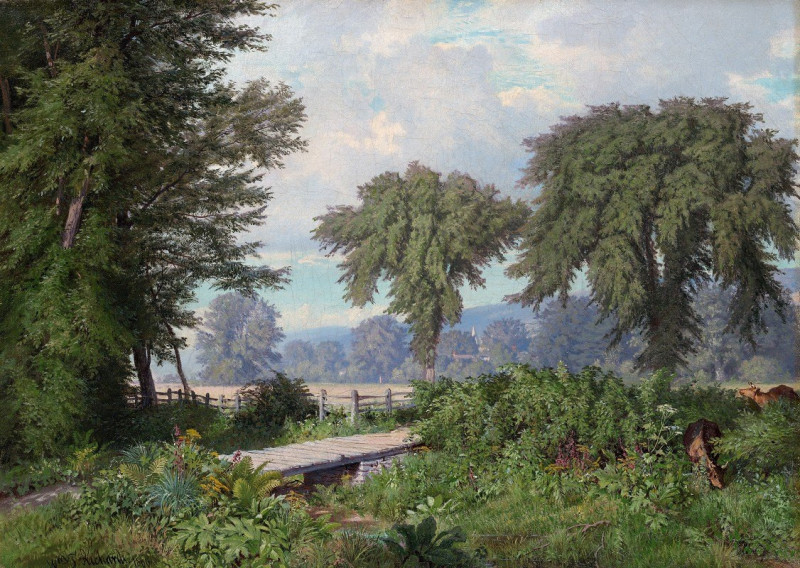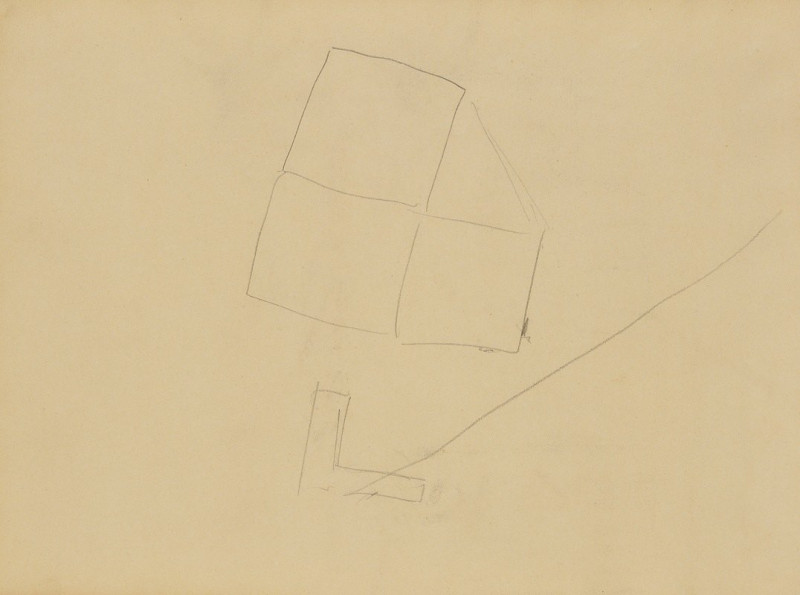Madame Guillemet (1880)
Technique: Giclée quality print
Recommended by our customers
More about this artwork
Titled "Madame Guillemet" and crafted in 1880, this captivating portrait is a stellar example of Édouard Manet's unique approach to portraiture that straddled the line between Realism and Impressionism. This painting features a young woman depicted in profile. She is dressed elegantly in a dark, form-fitting jacket and adorned with a stylish hat embellished with ribbons that suggest elements of texture and movement. Her gaze is slightly averted, creating an air of introspection or quiet contemplation.Manet's brushwork is visible in the soft gradations of color on her face against the muted, plain background, which enhances the subject’s features and expression. The artistic choice to focus on the silhouette and subtle details of her attire showcases Manet’s mastery in capturing the character and style of his subjects. Through this work, viewers gain a glimpse into the fashion and societal norms of the late 19th century, as well as the nuanced sophistication of Manet's artistic prowess.
Delivery
Returns
Édouard Manet (1832–1883) was a French modernist painter and one of the first 19th century artists to paint modern life. His impressionist style is characterized by relatively small and thin brushstrokes that create emphasis on light depiction. Manet was one of the key artists in the transition from realism to impressionism, along with Claude Monet, Edgar Degas, and Pierre-Auguste Renoir. However, he resisted involvement in any one specific style of painting, and only presented his work to the Salon of Paris instead of impressionist exhibitions. His early masterworks, The Luncheon on the Grass and Olympia, created great controversy and served as a rallying point for other young painters.

































